A) ![]()
B) ![]()
C) ![]()
D) ![]()
Correct Answer

verified
Correct Answer
verified
Multiple Choice
Solve the inequality. Graph the solution set and write the solution set in interval notation.
-

A) ![]()
B) ![]()
C) ![]()
D) ![]()
Correct Answer

verified
Correct Answer
verified
Multiple Choice
Sketch the graph of the quadratic function. Give the vertex and axis of symmetry.
-
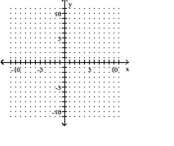
A) vertex ; axis ![]()
B) vertex ; axis ![]()
C) vertex ; axis ![]()
D) vertex ; axis ![]()
Correct Answer

verified
Correct Answer
verified
Multiple Choice
Use the square root property to solve the equation. -
A)
B)
C) 1
D) 4
Correct Answer

verified
Correct Answer
verified
Multiple Choice
Graph the function. Find the vertex.
-
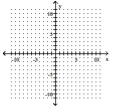
A) vertex: ![]()
B) vertex: ![]()
C) vertex: ![]()
D) vertex: ![]()
Correct Answer

verified
Correct Answer
verified
Multiple Choice
Sketch the graph of the quadratic function by finding the vertex, intercepts, and determining if the graph opens upward
or downward.
-
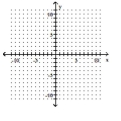
A) ![]()
B) ![]()
C) ![]()
D) ![]()
Correct Answer

verified
Correct Answer
verified
Multiple Choice
Use the square root property to solve the equation. -
A)
B)
C)
D)
Correct Answer

verified
Correct Answer
verified
Multiple Choice
Solve. -Find two numbers whose sum is 56 and whose product is as large as possible. [Hint: Let and be the two numbers. Their product can be described by the function .]
A) 28 and 84
B) and
C) 28 and 28
D) 27 and 29
Correct Answer

verified
Correct Answer
verified
Multiple Choice
Graph the function. Find the vertex, y-intercept, and x-intercepts (if any) .
-
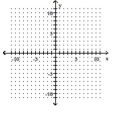
A) vertex:
x-intercept: -intercept: ![]()
B) vertex:
-intercept: none, -intercept: ![]()
C) vertex:
-intercept: none, -intercept: ![]()
D) vertex:
-intercept: -intercept: none![]()
Correct Answer

verified
Correct Answer
verified
Multiple Choice
Match the function with its graph. -
A) ![]()
B) ![]()
C) ![]()
D) ![]()
Correct Answer

verified
Correct Answer
verified
Multiple Choice
Use the square root property to solve the equation. -
A)
B)
C)
D)
Correct Answer

verified
Correct Answer
verified
Multiple Choice
Solve.
-Given the diagram shown, approximate to the nearest meter, how many meters of walking distance a person saves by cutting across the lawn instead of walking on the sidewalk.

A)
B)
C)
D)
Correct Answer

verified
Correct Answer
verified
Multiple Choice
Solve. -The hypotenuse of an isosceles right triangle is 6 feet longer than either of its legs. Find the exact length of each side.
A)
B)
C)
D)
Correct Answer

verified
C
Correct Answer
verified
Multiple Choice
Match the function with its graph. -
A) ![]()
B) ![]()
C) ![]()
D) ![]()
Correct Answer

verified
D
Correct Answer
verified
Multiple Choice
Given the accompanying graph of y = f(x) , sketch the graph of the following.
-
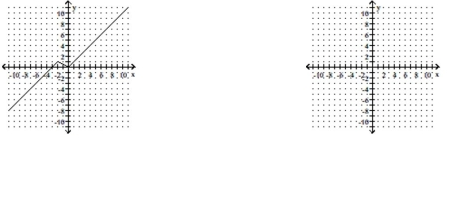
A) ![]()
B) ![]()
C) ![]()
D) ![]()
Correct Answer

verified
Correct Answer
verified
Multiple Choice
Use the square root property to solve the equation. -
A) 56
B) 14
C)
D)
Correct Answer

verified
Correct Answer
verified
Multiple Choice
Solve. -
A)
B) 1,3
C)
D)
Correct Answer

verified
Correct Answer
verified
Multiple Choice
Solve the equation. -
A)
B)
C)
D)
Correct Answer

verified
A
Correct Answer
verified
Multiple Choice
Sketch the graph of the quadratic function. Give the vertex and axis of symmetry.
-
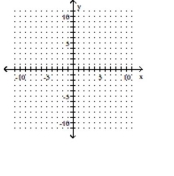
A) vertex ; axis ![]()
B) vertex ; axis ![]()
C) vertex ; axis ![]()
D) vertex ; axis ![]()
Correct Answer

verified
Correct Answer
verified
Multiple Choice
Solve. -The cost in millions of dollars for a company to manufacture thousand automobiles is given by the function . Find the number of automobiles that must be produced to minimize the cost.
A) 5 thousand automobiles
B) 10 thousand automobiles
C) 20 thousand automobiles
D) 100 thousand automobiles
Correct Answer

verified
Correct Answer
verified
Showing 1 - 20 of 242
Related Exams